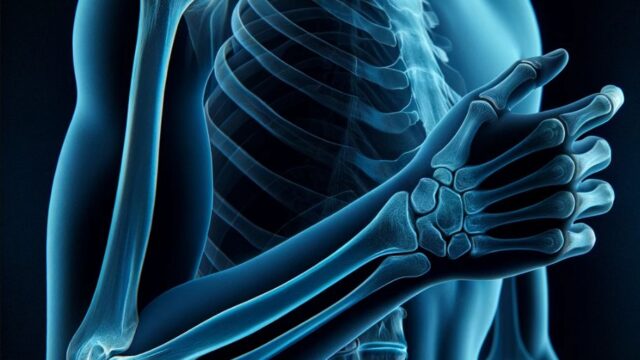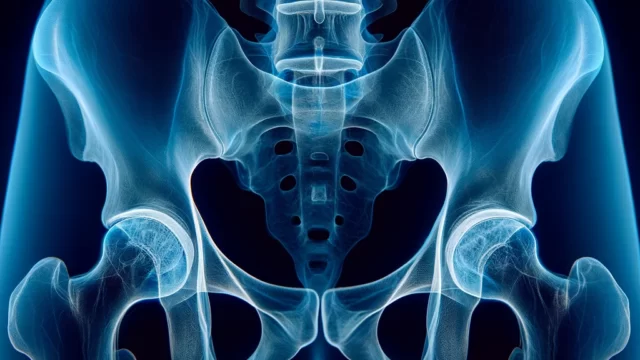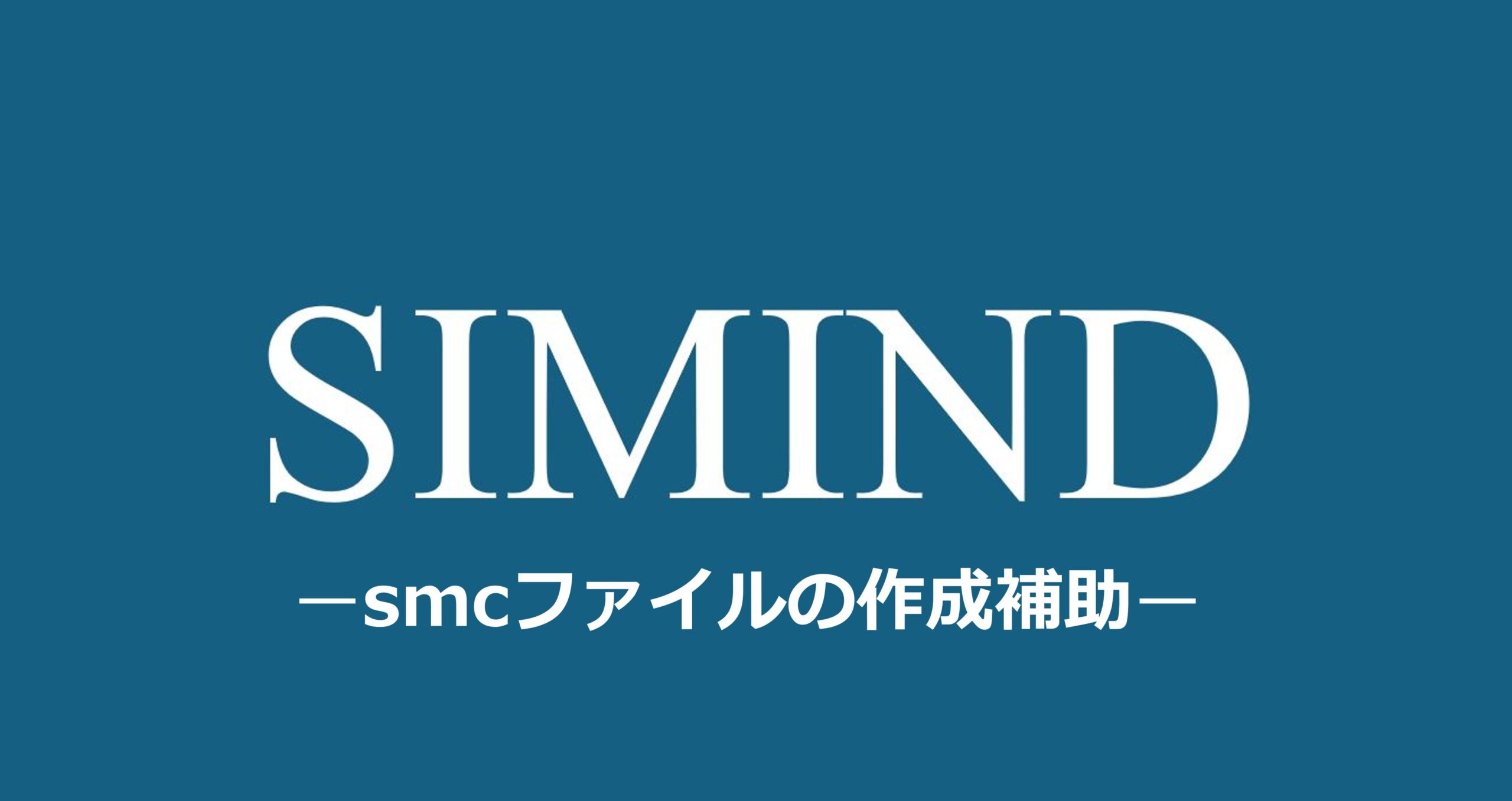Purpose
Observation from the lateral view of the entire pelvis.
Prior confirmation
Confirm the purpose of the examination.
Remove any obstructing objects.
Positioning
Lateral decubitus position (or upright position).
Align the mid-sagittal plane and the cassette parallel to each other. Use positioning blocks as necessary to support the flank and between both knees.
Slightly flex the knee joints to stabilize the posture, ensuring the femurs do not overlap with the pubic arch.
Align the body’s central axis with the center axis of the cassette.
Ensure the pelvis forms a complete lateral view by positioning the lumbar region perpendicular to the cassette.
Keep both arms away from the imaging area.
Place a point three finger-widths above the greater trochanter in the headward direction as the center of the cassette.
Attach supine/upright, R→L, and L→R markers.
CR, distance, field size
CR : Perpendicular incidence towards the center of the cassette.
Distance : 100-130 cm.
Field size : Narrow down the field to include the skin surface on both sides and the area from the iliac crest to the lesser trochanter.
Exposure condition
80kV / 40mAs (or use 90kV or higher for dose reduction)
Gird ( + )
Suspend respiration
Image, check-point
Ensure that the area from the 5th lumbar vertebra to the lesser trochanter is included.
The posterior margins of the left and right ilium and ischium are superimposed, and the femoral heads are observable as concentric circles, indicating that the pelvis is not tilted anteriorly, posteriorly, or laterally.
The femoral heads do not overlap with the pubic arch.
The sacral ridge is observable.
The anterior superior iliac spines are visible without being overexposed.
Soft tissues are visible.
There is no motion blur.
Movie
Related materials
Fracture patterns (red arrows indicate the direction of applied force).















